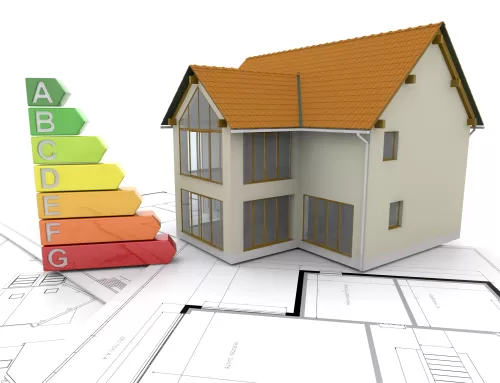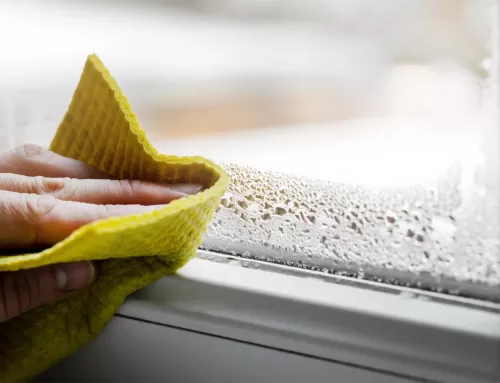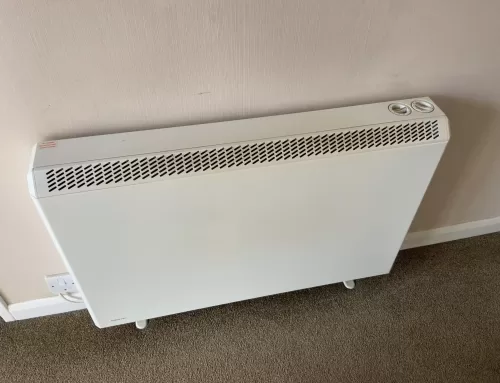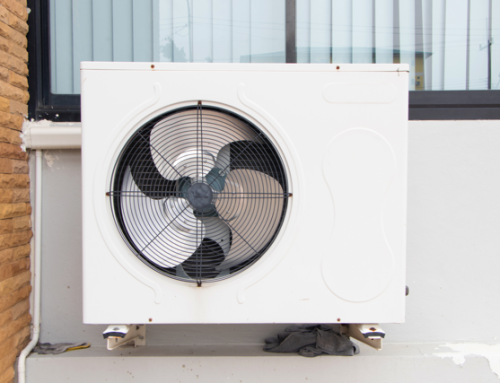What Happens During a Heat Loss Calculation Assessment
A heat loss calculation assessment should be the first step in the process if you are looking to install a heat pump. In this blog post, we’ll walk you through how we carry out a heat loss calculation assessment, shedding light on the steps involved and how it can benefit you.
Step 1: Contact Bluewire Hub Ltd
The first step in getting a heat loss calculation assessment is to select your property type from the choices below. Here at Bluewire Hub we provide a range of services, including energy assessments and heat loss calculations. Our team is ready to assist in making your property more energy efficient.
Complete the correct payment form below. We will then contact you to discuss your energy efficiency goals.
Step 2: Initial Consultation
Once your payment has been received, we will conduct an initial telephone consultation. During this call, you can discuss your energy efficiency goals and any specific concerns you may have. The experts will assess your needs and provide guidance on the best approach for your property. We will agree a mutually convenient time to complete the onsite assessment.
Step 3: On-Site Assessment
To perform an accurate heat loss calculation for an existing property, an on-site assessment is necessary. Our experienced assessor will gather data about your property’s construction, insulation, windows, doors, radiators, and the hot water systems. This information is crucial for the calculation process. If you have a new build property or are conducting an extensive refurbishment programme, architects plans and specifications can be used to produce the heat loss calculations. Get in touch to discuss this option.

Step 4: Data Collection
During the on-site inspection, various data points will be collected, including the dimensions of each room, the type and thickness of insulation, and the size and condition of doors and windows and radiators. These details are essential for a precise heat loss calculation.

Step 5: Analysis and Calculation
Once all the necessary data is collected, it is used to calculate the heat loss for your property. This calculation considers factors such as outdoor temperatures, indoor temperatures, and the thermal properties of materials used in your building.
Step 6: Recommendations and Report
After the heat loss calculation assessment is complete, you will receive a detailed report. This report will include an MCS compliant noise assessment and a performance estimate (this is initially based on a suitable heat pump selected by the team, once you have confirmed the make and model with your installer we can add this information to the report), and a heat loss summary. It is a valuable roadmap for your heat pump journey.
Conclusion
In conclusion, a heat loss calculation assessment is a crucial step towards achieving energy efficiency in your home or business. By partnering with our experienced team you can take concrete steps to reduce heat loss, save money on energy bills, and contribute to a greener future. If you have any questions then please get in touch today to get started on your journey to a more energy-efficient property.
Get In Touch
Contact us by using the details below or completing our contact form.
in**@bl*********.uk
01908 991119
Suite 112, 548-550 Elder House,
Elder Gate, Milton Keynes,
Buckinghamshire, MK9 1LR
What is an Air Source Heat Pump?
An air source heat pump extracts heat from the outdoor air. This heat is used to warm water. The heated water is subsequently circulated through radiators or an underfloor heating system. This ensures that your rooms receive a consistently comfortable level of warmth. Additionally, it possesses the added capability of heating the water stored in a hot water cylinder, consequently supplying hot water for your taps, showers, and baths.
The process begins with the absorption of heat from the air into a special fluid. This fluid is then directed through a heat exchanger within the heat pump, where it undergoes a temperature increase before transferring this warmth to the water.”
The Energy Savings Trust have produced an excellent video about Heat Pumps and you can read more information on their website






